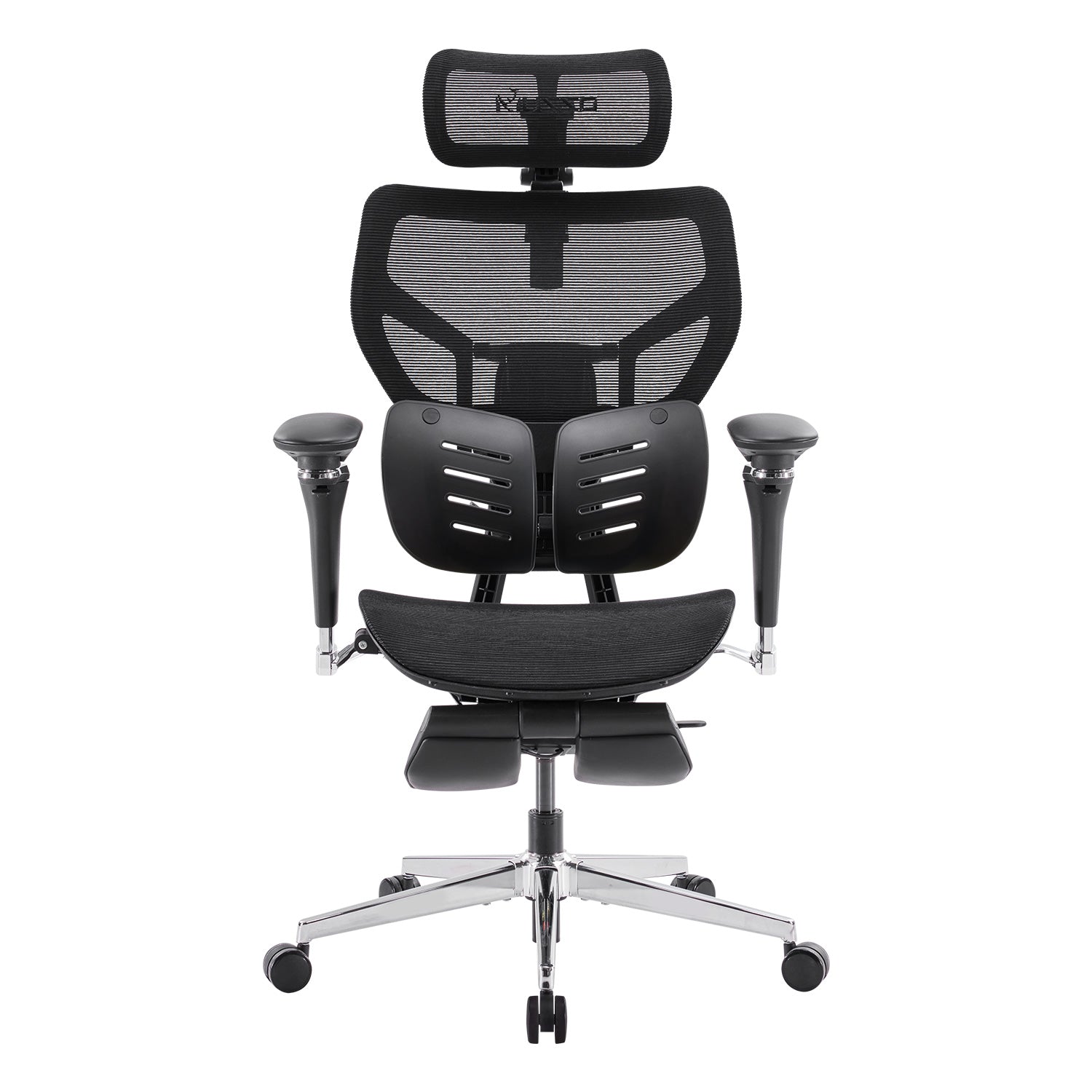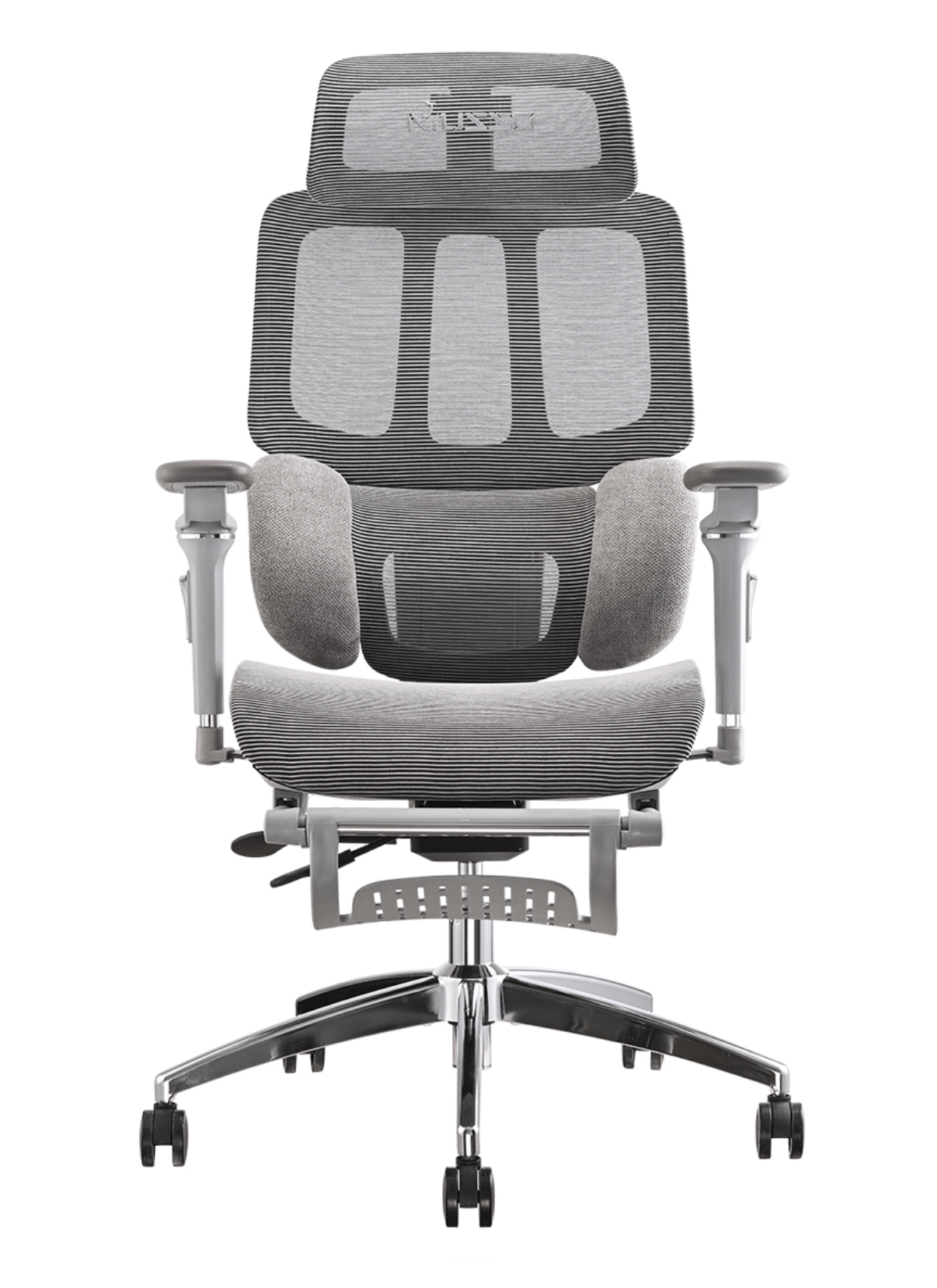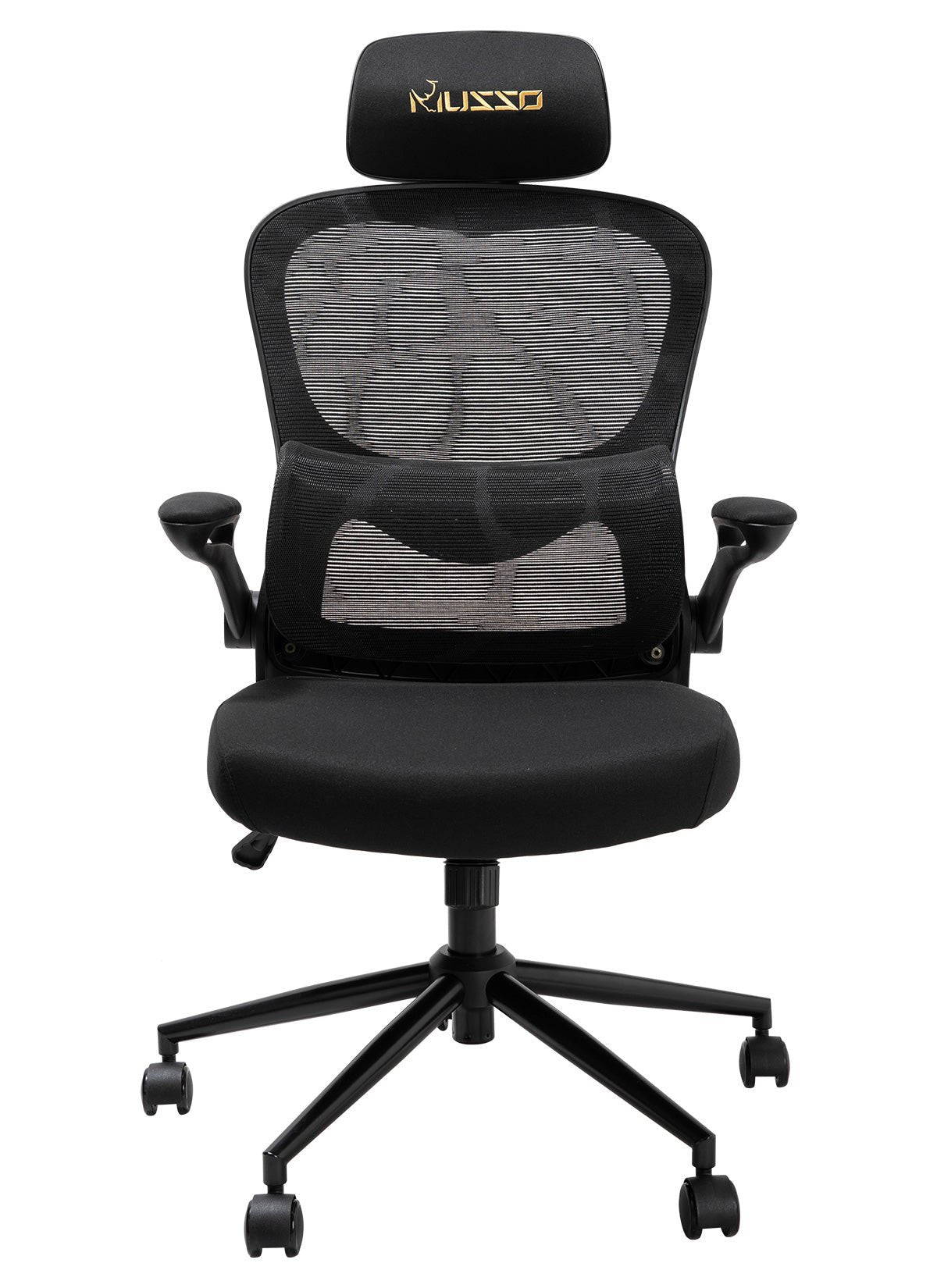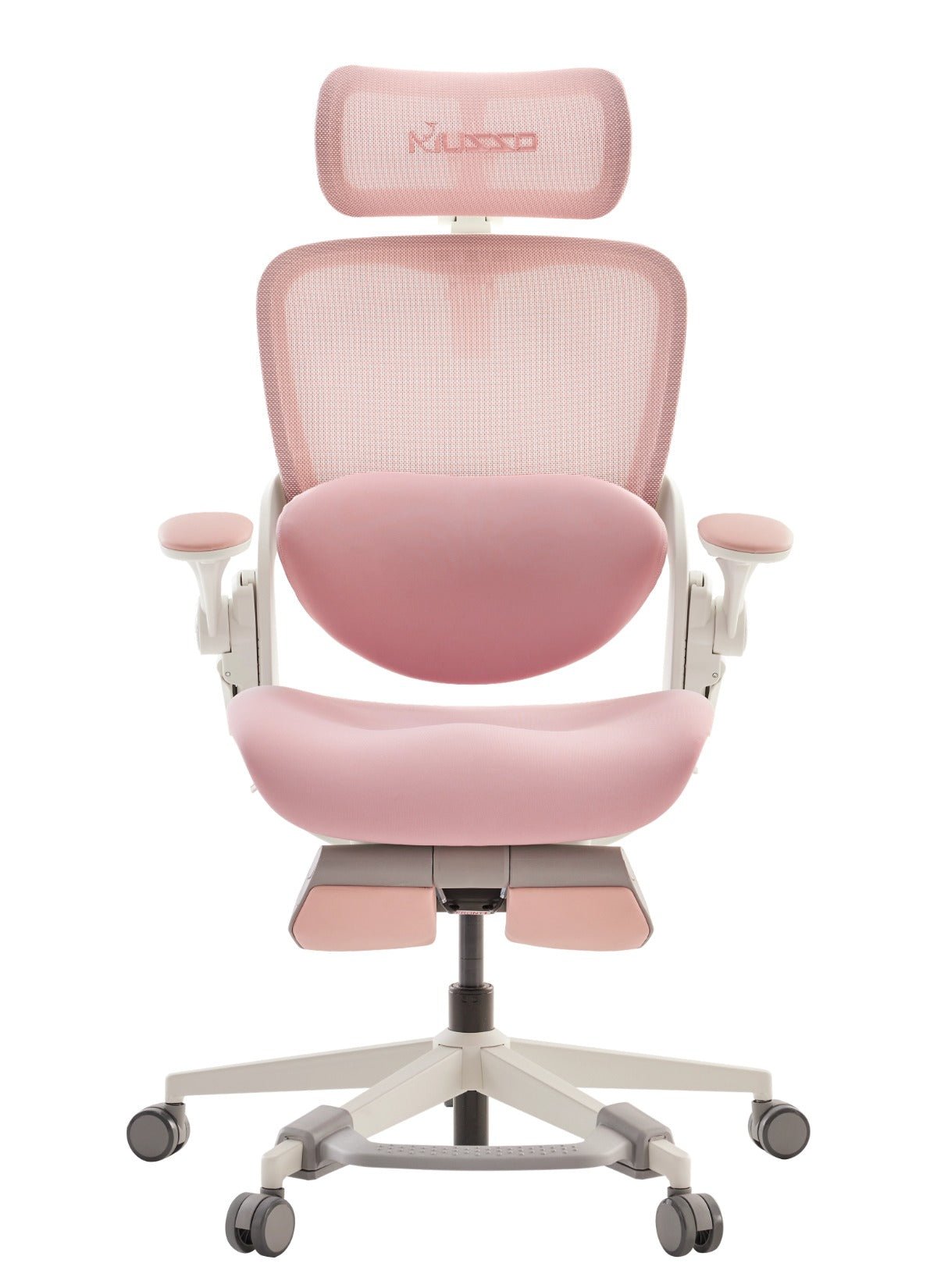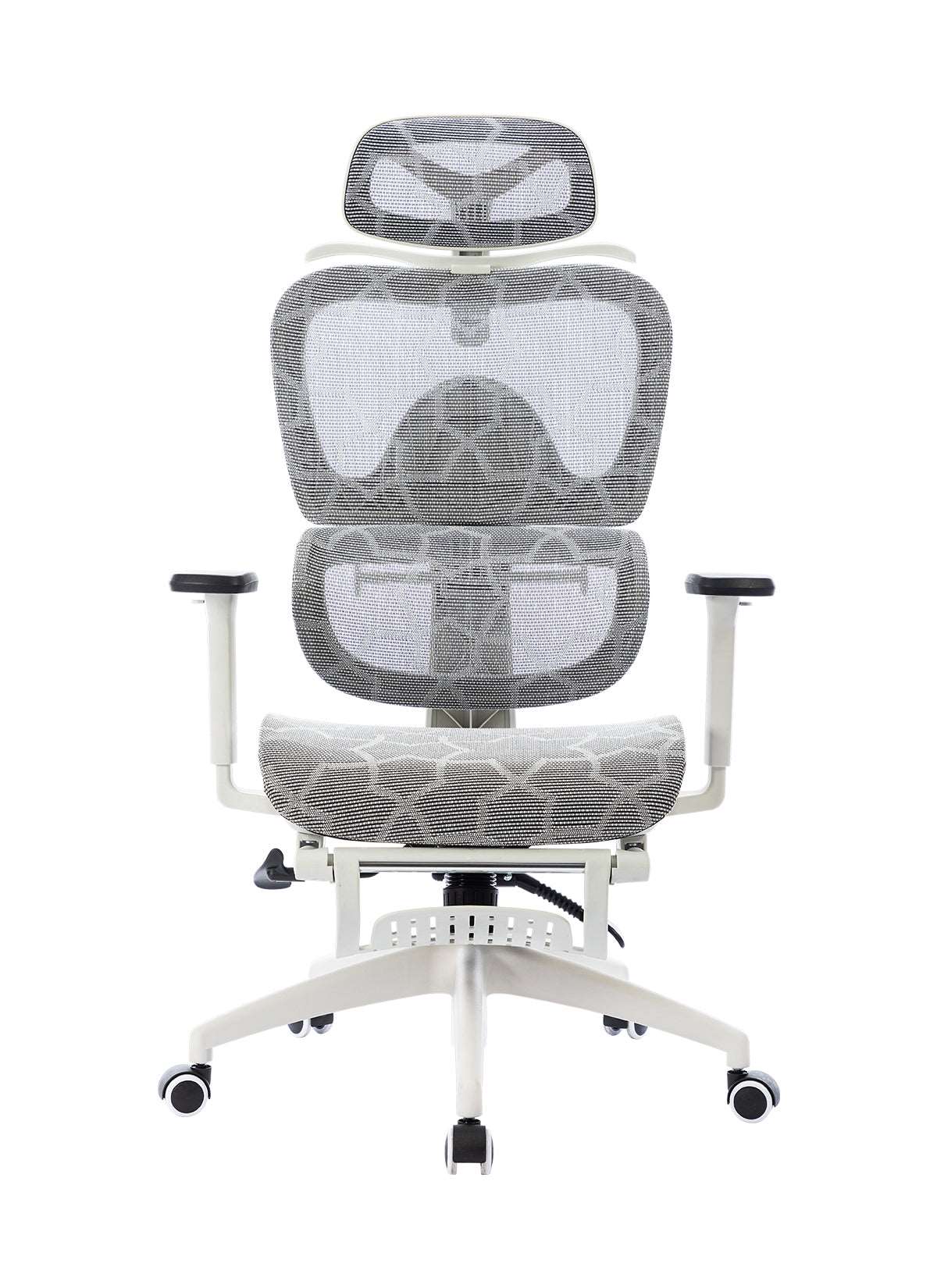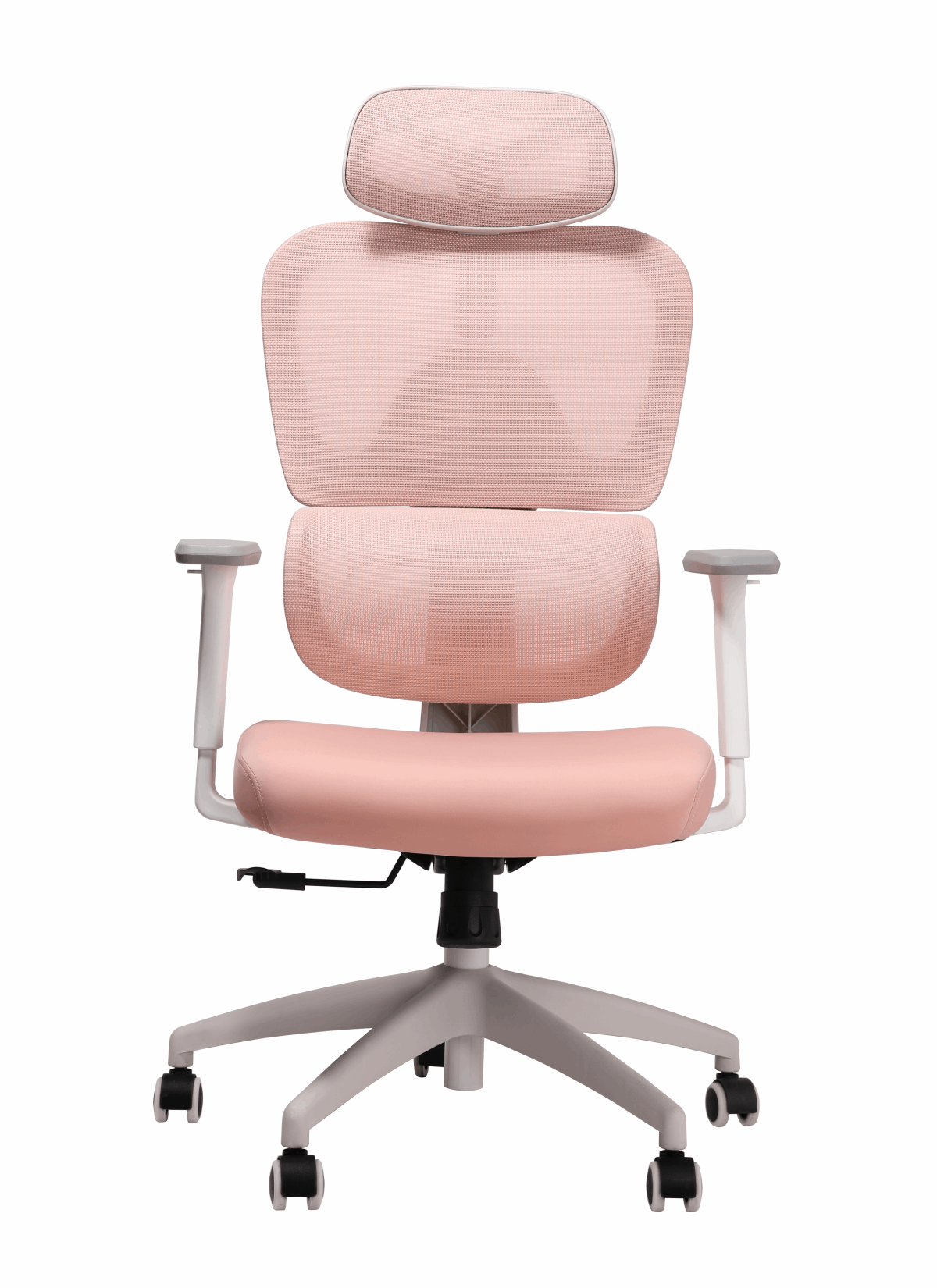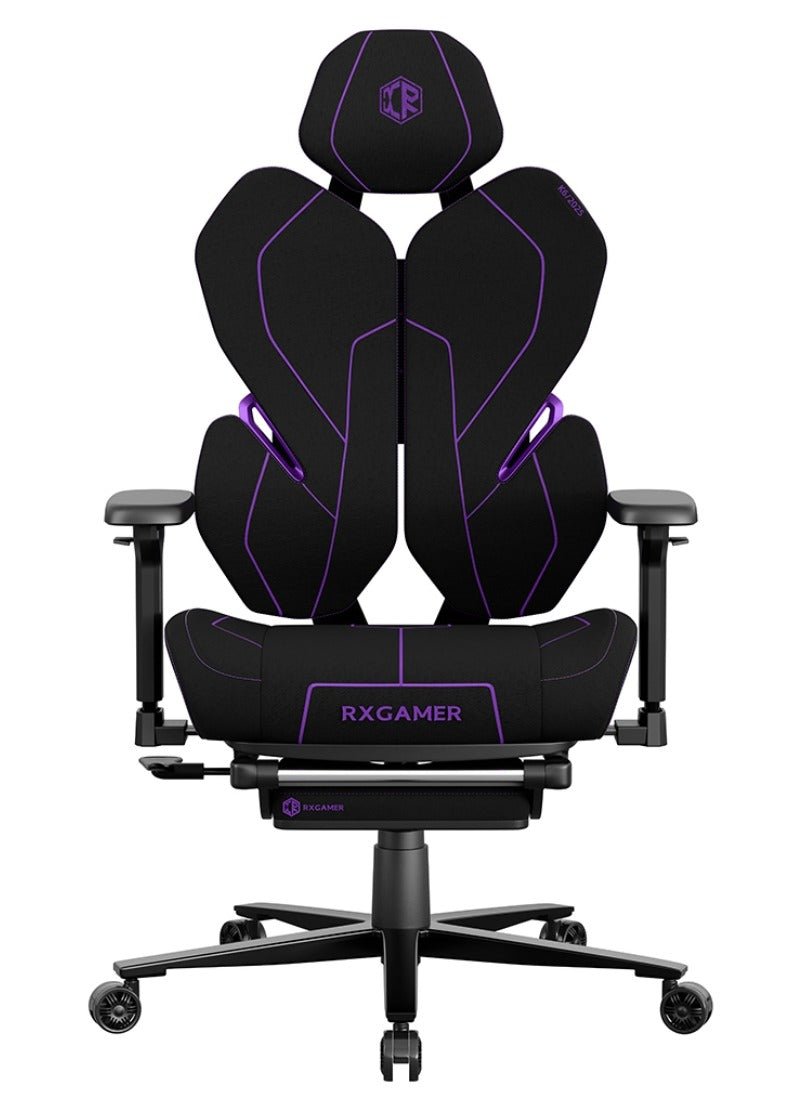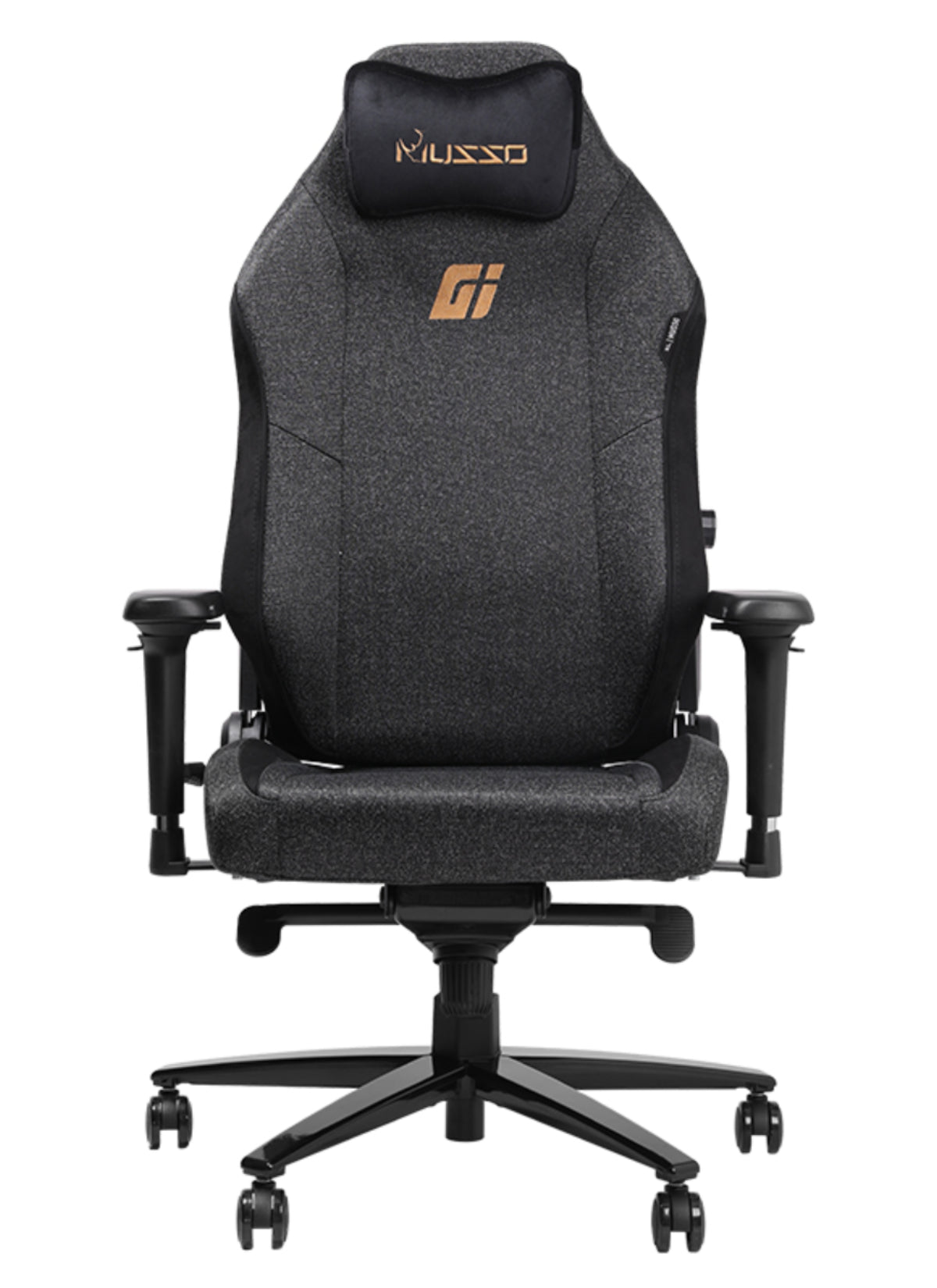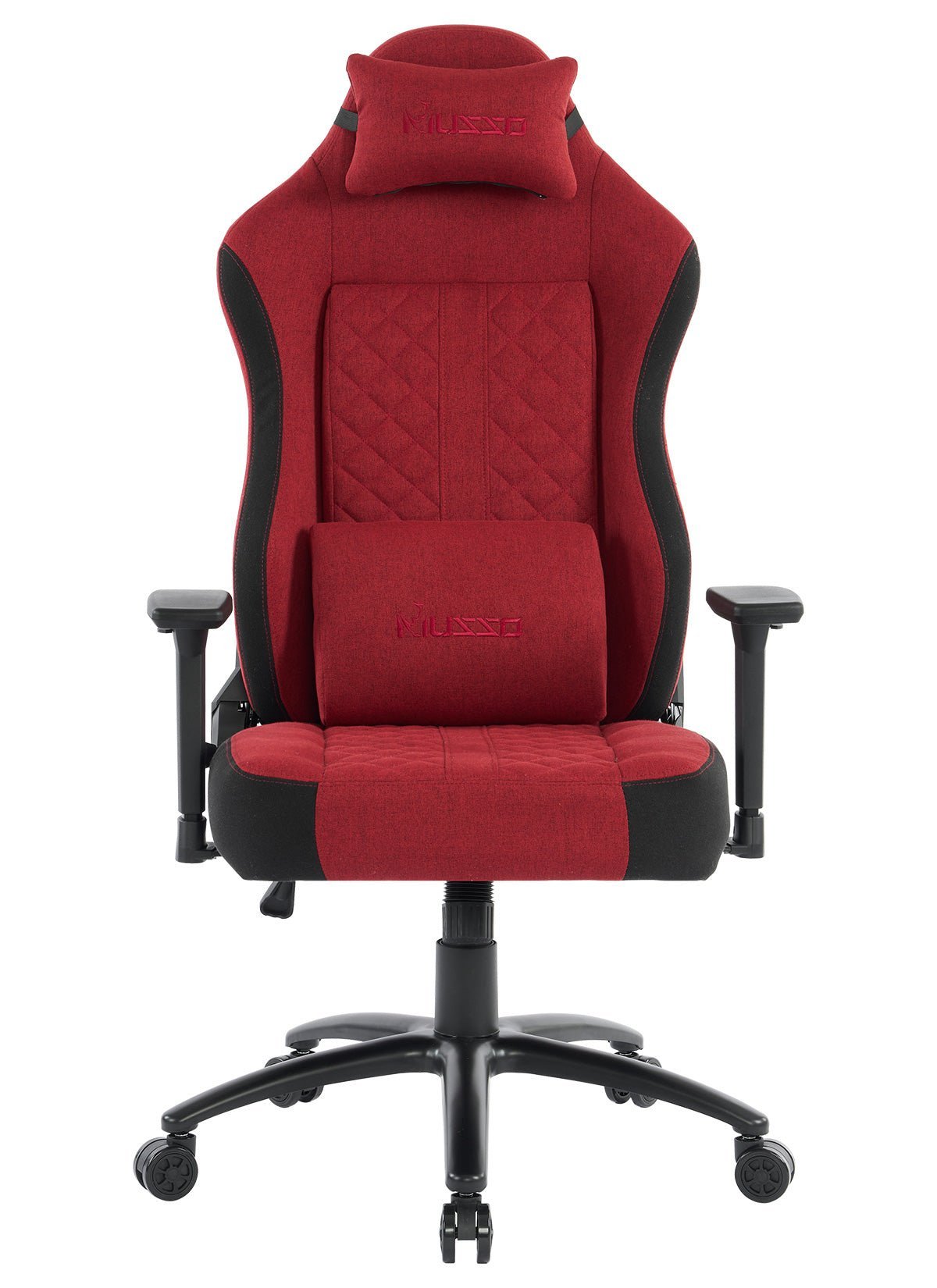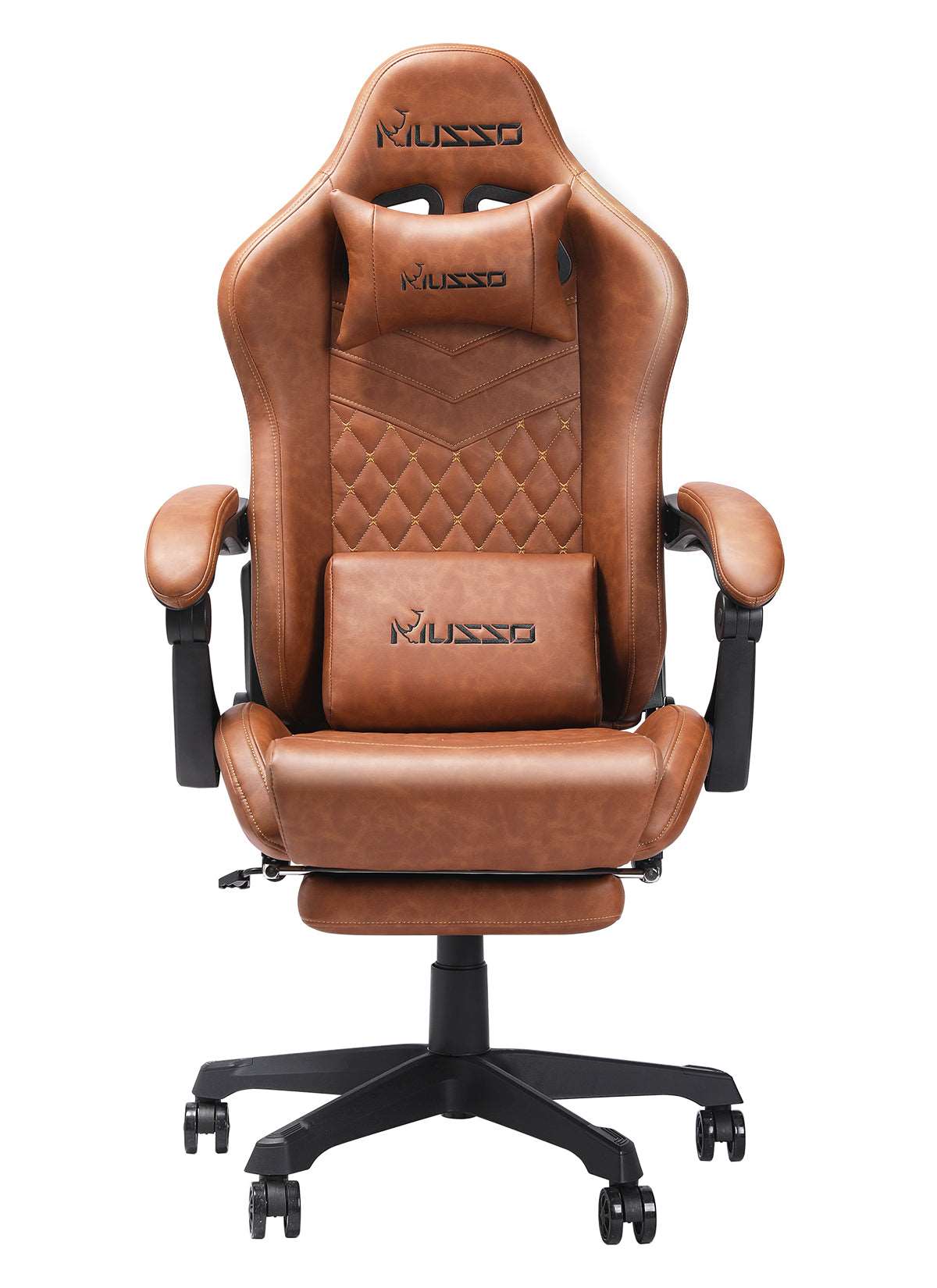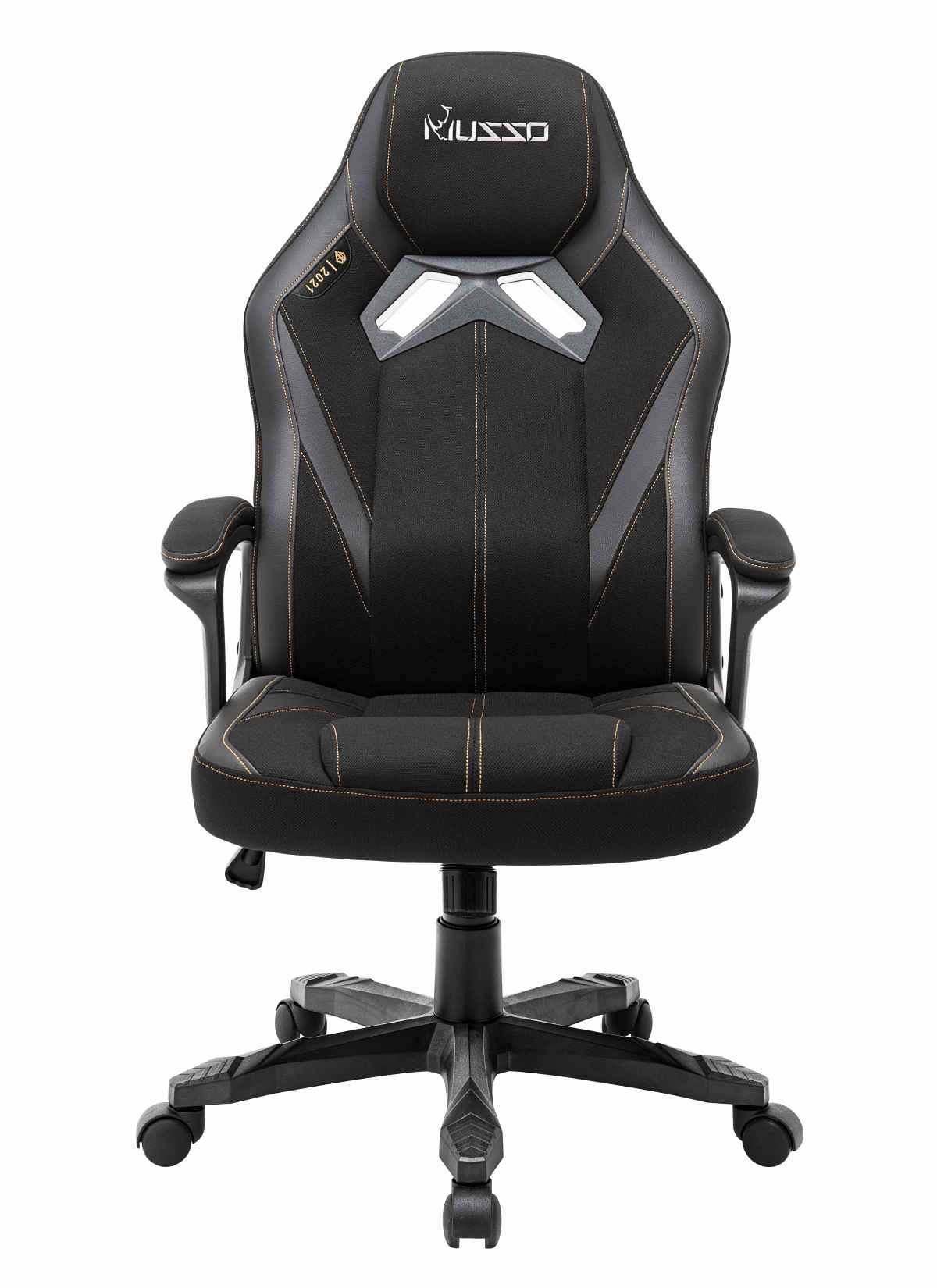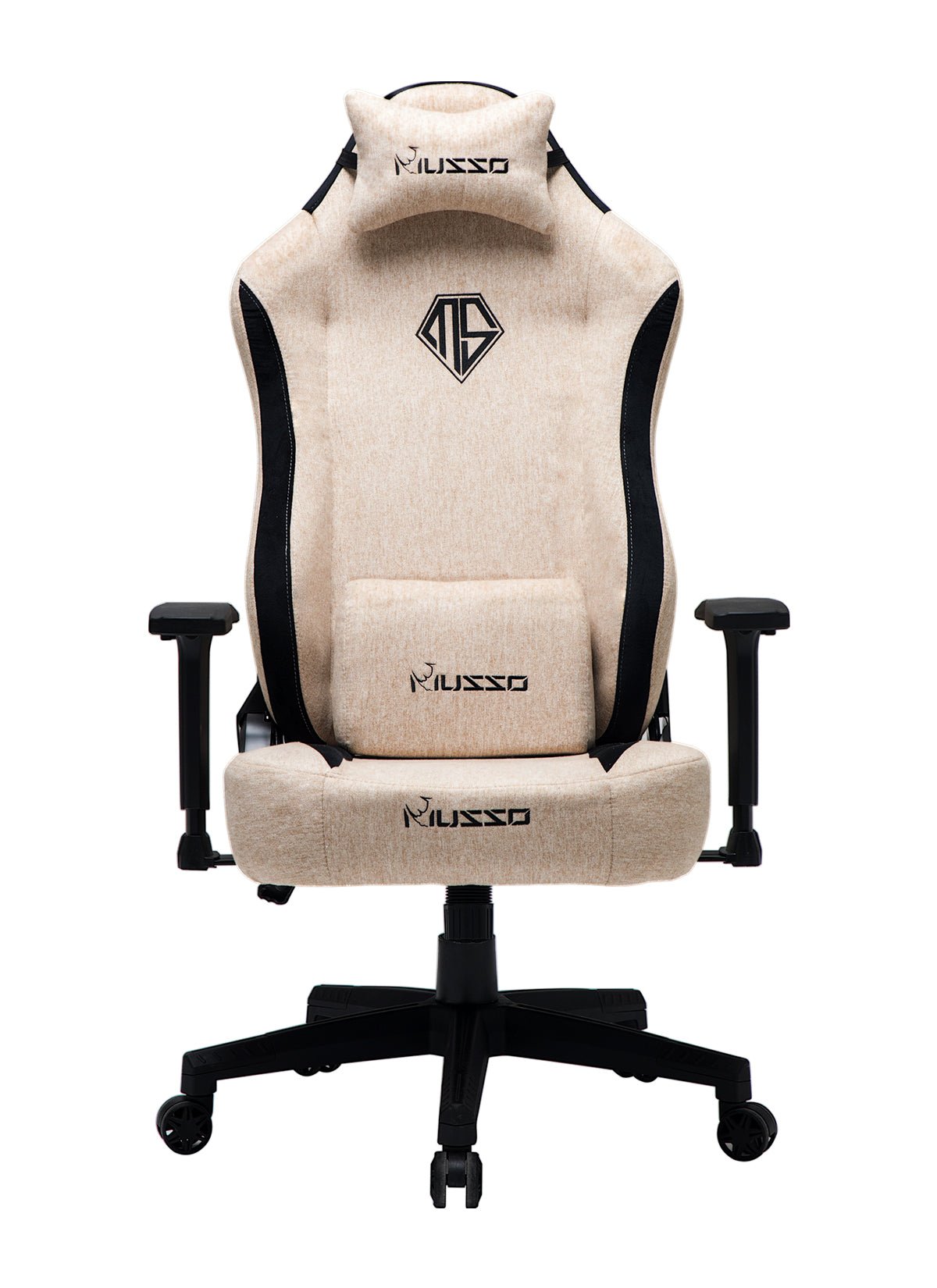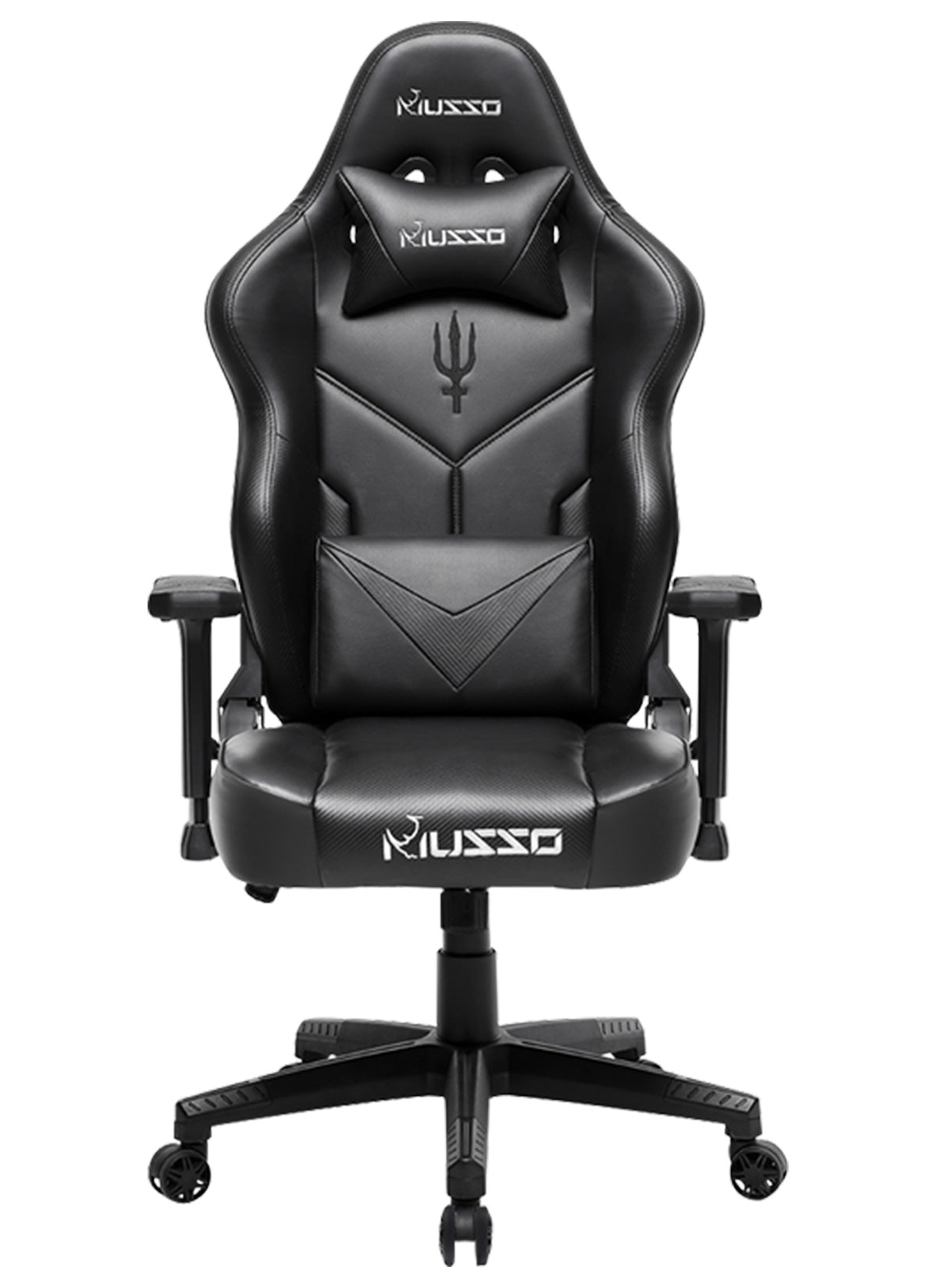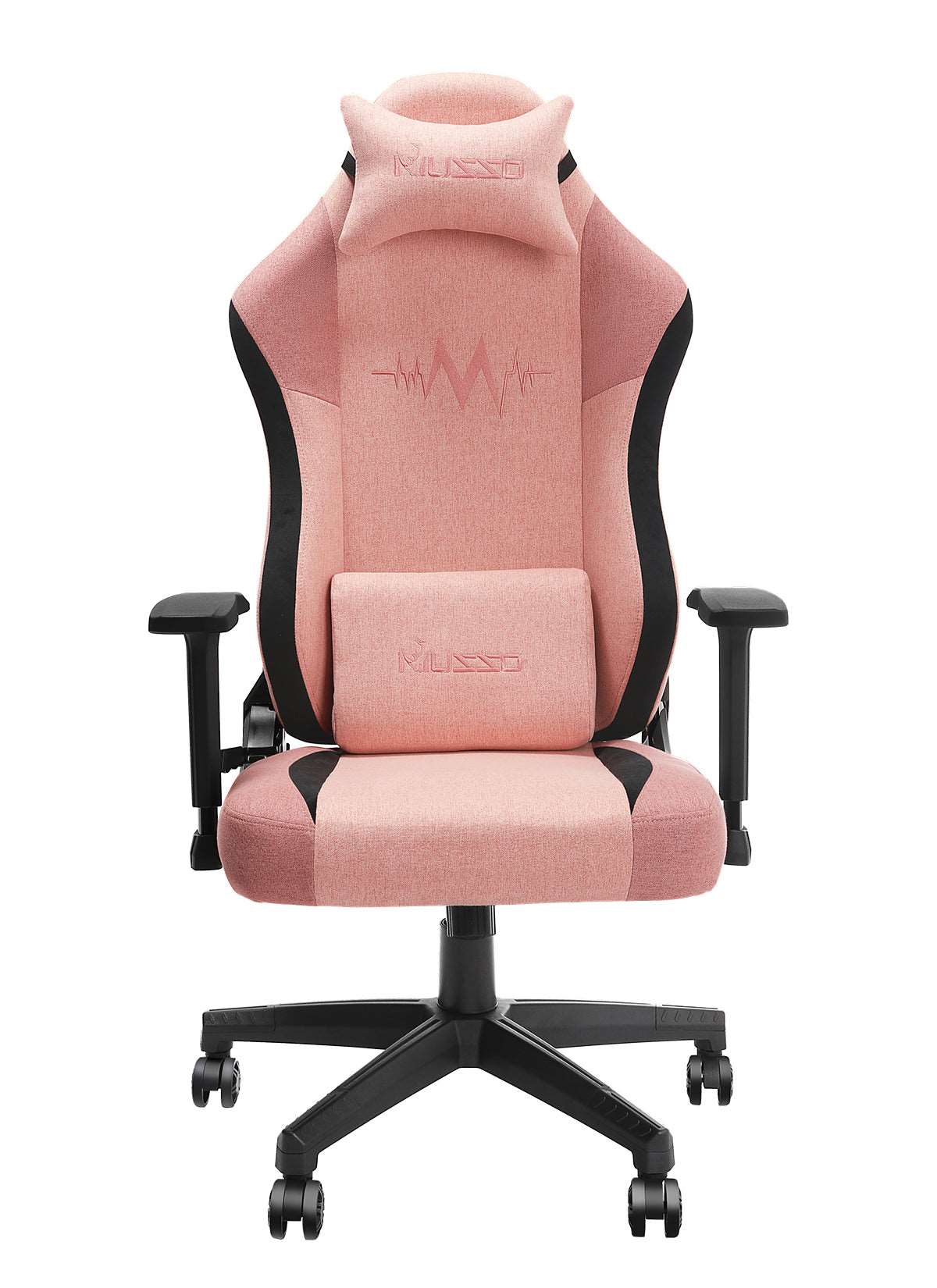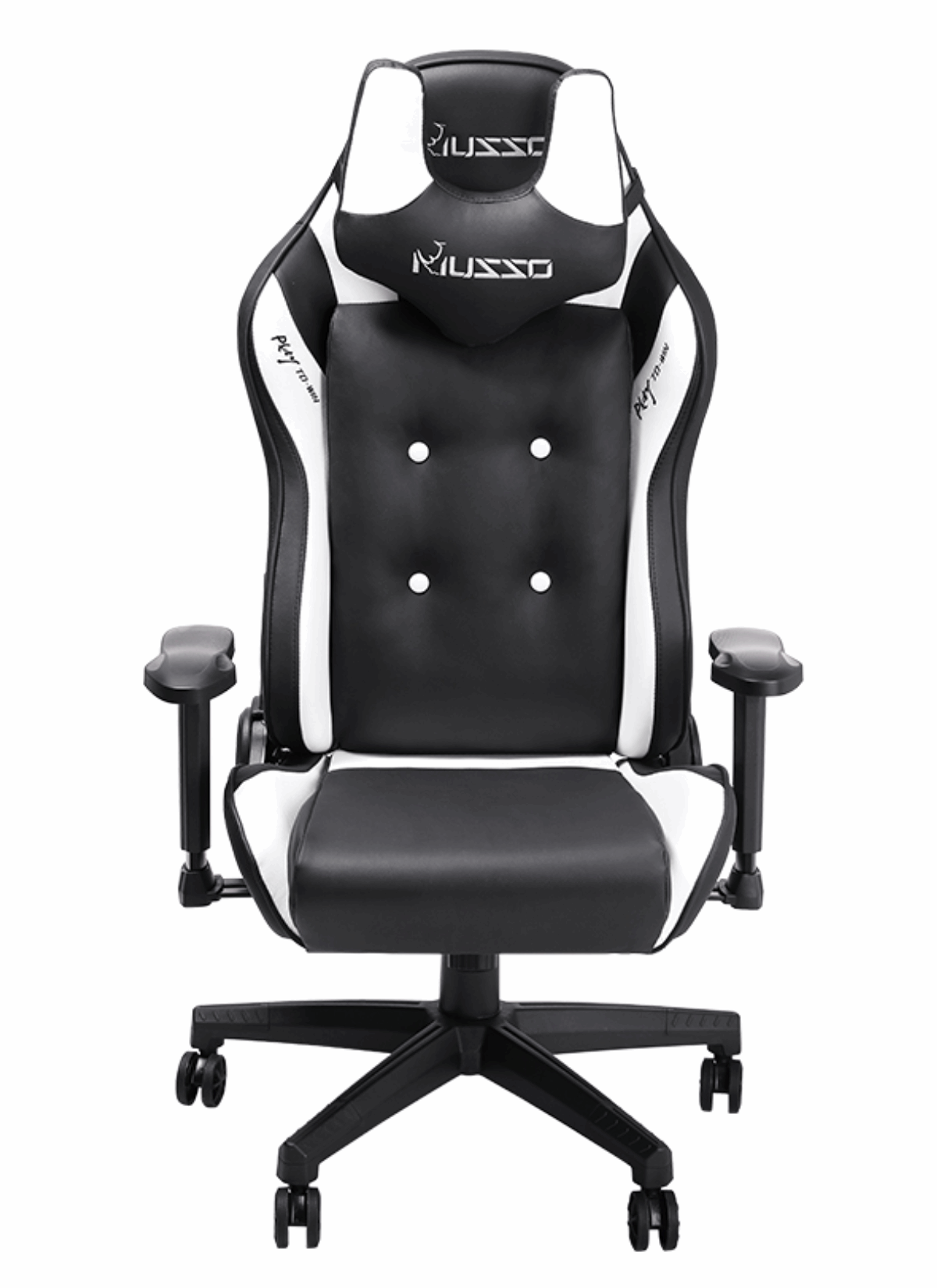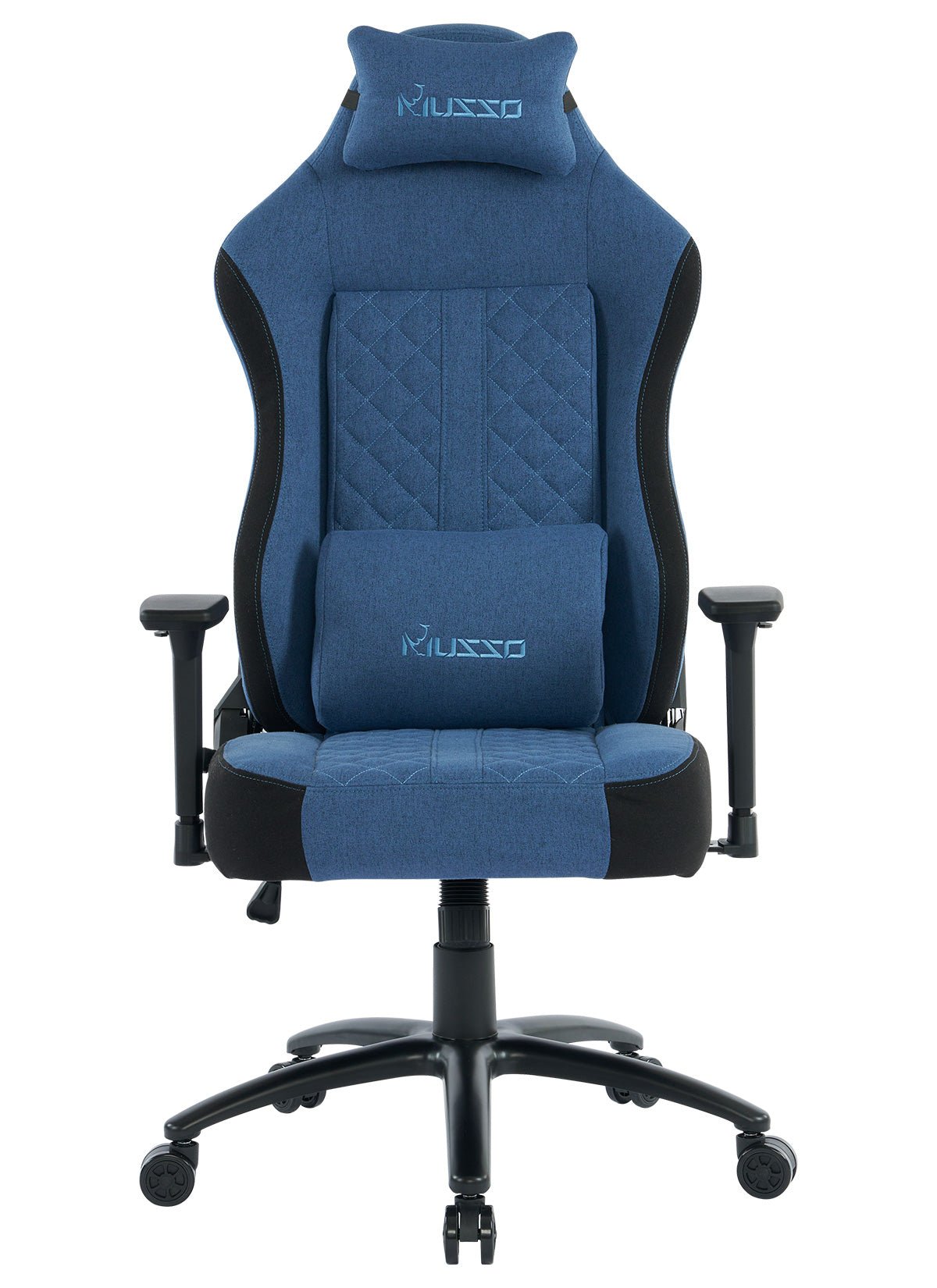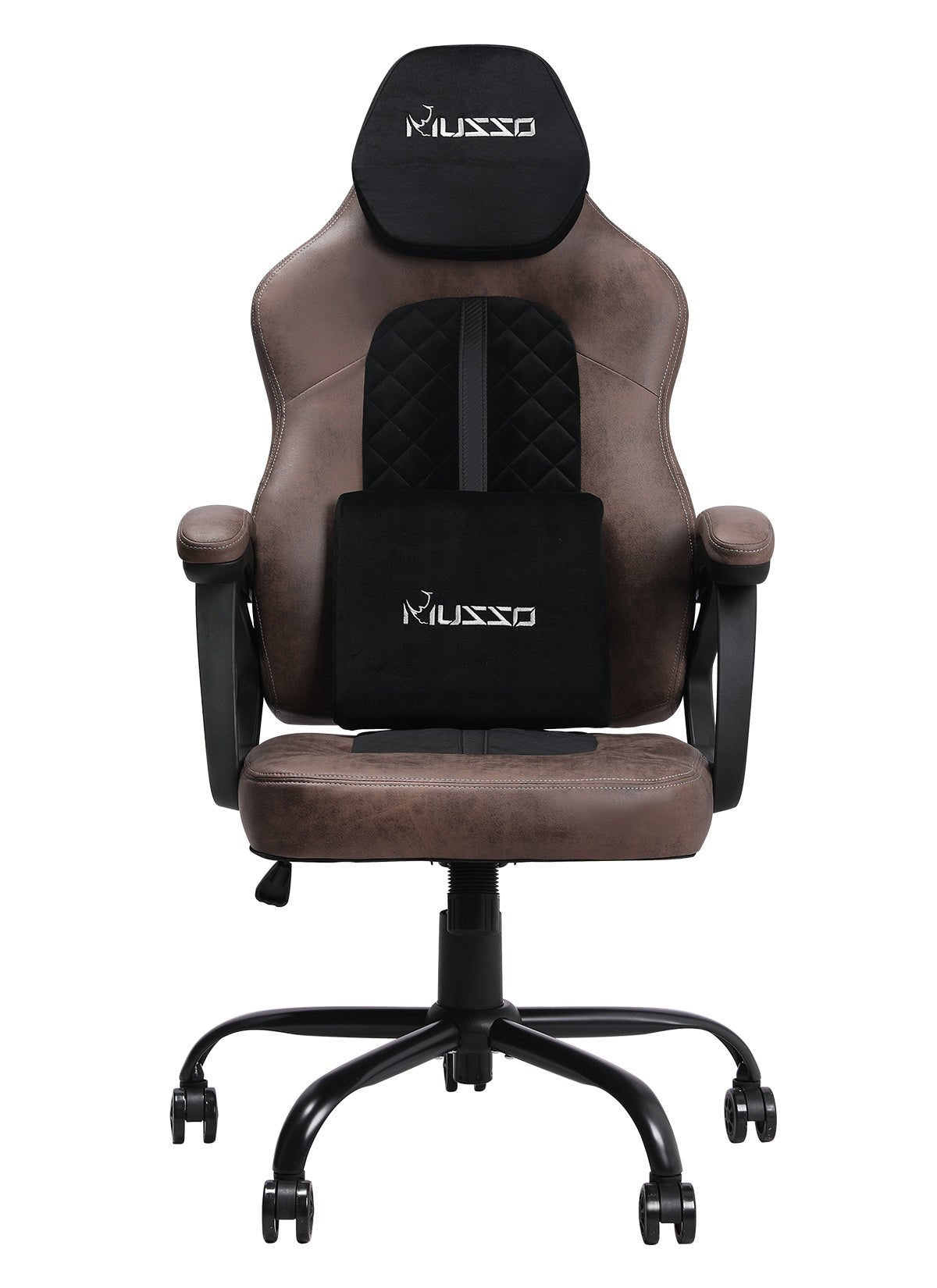Do you suffer from back pain, stiff shoulders and neck after sitting at your desk for hours, and even find it hard to stand up?
Whether you're a busy office worker, a dedicated freelancer, or a hardworking student, prolonged sitting almost inevitably leads to back pain, fatigue, and discomfort.
As a result, the term "ergonomic chair" has started to appear frequently in our lives and is often hailed as a "magic weapon" against the harmful effects of long hours of sitting.
But can ergonomic chairs really relieve back pain?
Why do ordinary chairs make your body hurt more and more?
Ordinary chairs often lack the ergonomic design needed to support your body properly, leading to cumulative pain and discomfort. Here’s why:
1. No lumbar support → Lumbar spine distortion
Without proper lumbar support, the natural S-shape of your lower spine collapses into a C-shape. This increases pressure on the intervertebral discs, leading to back pain and even herniated discs.
2. Non-adjustable seat depth/height → Numbness and leg swelling
If the seat is too deep, it compresses the blood vessels behind your knees; if too shallow, your thighs dangle unsupported. A seat that’s too high or too low disrupts circulation, causing numbness and swelling in the legs.
3. Fixed armrests → Shoulder and neck tension
When armrests can’t be adjusted, you may need to shrug your shoulders or let your arms hang awkwardly while typing. Over time, this keeps the shoulder and neck muscles under strain, leading to soreness and even headaches.
4. Hard or thin cushions → Buttock pain
A seat cushion that’s too hard or too thin puts direct pressure on your sit bones, affecting blood flow and causing pain or even sciatic nerve discomfort.
5. Fixed backrest → Spinal stiffness
A non-reclining backrest limits natural spinal movement, causing prolonged muscle tension. This accelerates disc wear, and you might even hear joint cracking when you try to stand up.
6. No headrest → Cervical spine pressure
Without head support, prolonged computer use causes your neck to lean forward. This increases the load on your cervical spine and raises the risk of developing cervical spondylosis.

Why do ergonomic chairs help relieve back pain?
1. Correct sitting posture
Ordinary chairs lack support design, which can easily lead to bad sitting postures such as hunchback. Ergonomic chairs can effectively support the lumbar spine to maintain a natural S-shaped physiological curvature through lumbar support and backrest design that conform to the human body curve. Studies have shown that when the lumbar spine is properly supported, the pressure on the intervertebral disc can be reduced by 40%, significantly reducing the risk of lumbar muscle strain and intervertebral disc herniation.
2. Disperse pressure
Pressure dispersion is another major advantage of ergonomic chairs. Traditional chairs easily cause pressure to be concentrated in specific areas of the buttocks or waist, which can lead to poor blood circulation for a long time. The ergonomic chair adopts a partitioned pressure-bearing design, the high-elastic mesh cushion evenly disperses the pressure on the buttocks, the dynamic lumbar support automatically adapts to the lumbar curve, and the adjustable armrests can effectively share the weight of the upper limbs. This all-round pressure dispersion system can effectively prevent numbness and soreness caused by sitting for a long time.
3. Personalized adjustment
Adjustability allows ergonomic chairs to adapt to the needs of different users. Everyone's body shape and work habits are different, and it is difficult for a fixed-size chair to meet the needs of everyone. High-quality ergonomic chairs provide multi-dimensional adjustment functions such as seat height, seat depth, armrest angle, and some are even equipped with backrest angle locking and headrest height adjustment. These adjustment functions ensure that everyone can find the "golden sitting posture" that suits them best and avoid chronic pain caused by improper posture.
4 Promote movement
The dynamic support system is an important feature of high-end ergonomic chairs. Unlike the rigid support of ordinary chairs, this type of chair can provide elastic support as the user moves. The backrest will adjust with the movement of the body, and the seat cushion is also designed with a forward tilt angle adjustment function. This dynamic support encourages users to change their posture naturally, effectively avoiding muscle stiffness and blood circulation problems caused by maintaining the same posture for a long time.
5 Comfortable materials
The choice of materials directly affects the comfort and durability of the chair. High-quality ergonomic chairs use highly breathable mesh fabrics to keep them dry and comfortable during use; high-density slow rebound sponges can accurately support the body curve; non-slip and wear-resistant bases ensure stability during use. These carefully selected material combinations provide sufficient support and ensure comfort for long-term use.
When choosing an ergonomic chair, it is recommended to give priority to products with adjustable lumbar support and dynamic support systems, such as the H80Pro series and X700 series launched by Musso. The X700 series has a dynamic waist tracking system that better meets the needs of people who need to protect their waists. High-quality breathable materials and compliance with international certification standards are also important considerations. However, it should be noted that no matter how good the chair is, it cannot completely offset the harm of sitting for a long time. It is recommended to get up and move around every 30-45 minutes, combined with appropriate stretching exercises, to protect the health of the spine to the greatest extent. Investing in a high-quality ergonomic chair is an important guarantee for future health.


